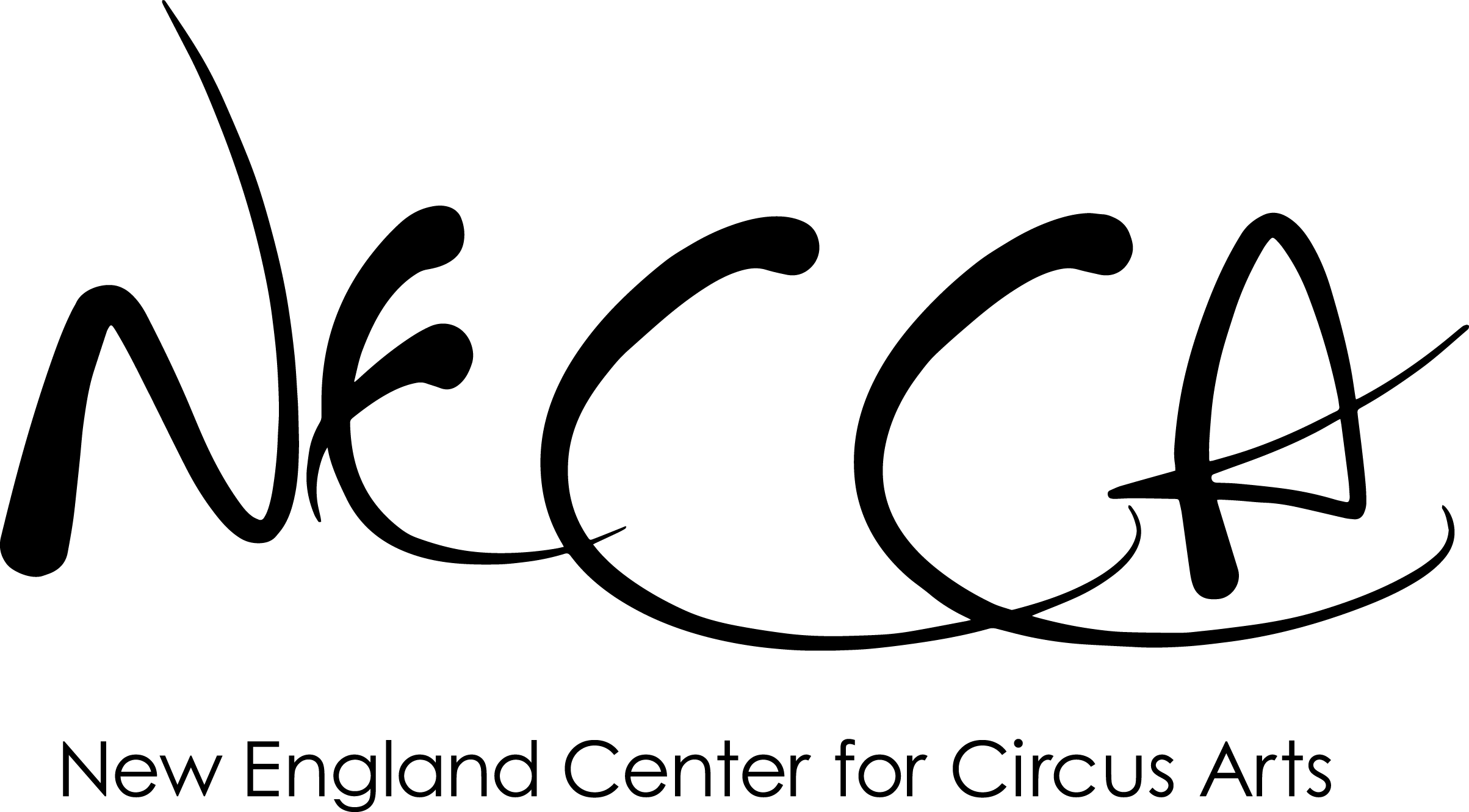How to Run a Circus
HOW TO RUN A CIRCUS
Farnoosh.tv
By Dustin Newcombe | Published October 23, 2013
She spends much of her day teaching and performing risky acrobatics high up in the air, yet aerialist Serenity Smith Forchion insists that that the success of her world-renowned nonprofit, New England Center for Circus Arts (NECCA), comes from its business grounding.
“The way that we have always run [NECCA] is as a business,” says Serenity. “From our standpoint, we don’t spend money assuming that somebody is just going to give it to us to balance the budget. We work as if we were a business, and things have to be balanced before we send or promise money out.”
From 2003 to 2007, Brattleboro, Vermont-based NECCA was actually a for-profit school called Nimble Arts that Serenity ran along with twin sister, Elsie Smith. “We were still performing regularly and some of the locals who saw us practicing suggested that we teach a class,” says Serenity. “We went by demand. We never started a school and opened our doors and said, ‘hey, we’re here!’ People came to us and asked us to offer things. The whole school has always grown by demand.”
Their decision to go the nonprofit route was also driven, at least in part, by demand. “We were perfectly successful and happy as a business but found ourselves challenged by facility,” she says. “We needed to build a custom circus building. In order to do that, we had to be able to take donations… So that, along with the goal of having an organization that would outlive us, that would belong to the community, informed our decision to incorporate as a non-profit.”
While the center relies on grants and donations for its extensive outreach work serving at-risk youth, a school for the deaf, and cancer survivors, the school’s programs run entirely in the black. “We have 26 people on staff and last year we served over 3000 students from all over the world,” says Serenity. “We had always built the organization around the idea of giving back. When it was for- profit, the model was that we could break even with four people in the class, but we structured our classes based on a 1:6 student-teacher ratio allowing us to scholarship two students in each class and not lose money on it. That’s where we started our outreach work.”
The center competes locally with gymnastics, dance, and other such schools, for recreation-level classes. When it comes to professional-level circus arts classes, NECCA is in a class all its own. “We have a reputation of being one of the best schools to offer what we have, which means that we are only facing competition at the top level from a handful of circus schools around the world. I don’t think that there’s any competition right now in the United States for our professional-level training programs.”
As for the future, the school won a rural grant from the USDA to build a custom-designed trapezium, and the Smiths have started mentoring partner schools throughout the region. “The more the merrier. Plus they funnel higher-level students to us,” says Serenity. ““I truly believe that there should be a little circus school in every town in the way that there’s a soccer school or a gymnastics school. Circus is a fantastic thing for young people and older people to do and it should be available to everyone.”
Tweet to @FARNOOSH
